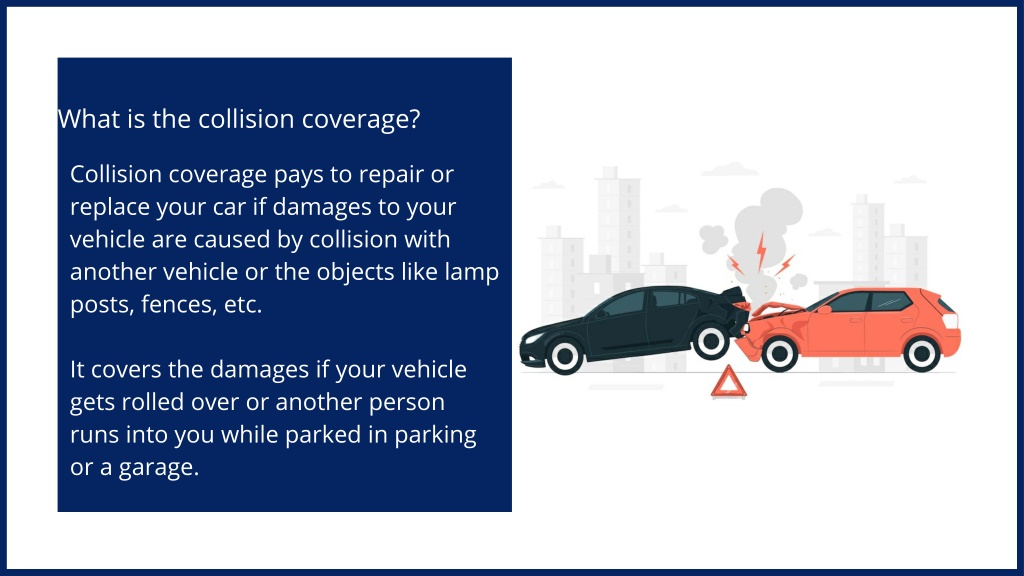Crash Course: Unraveling the Mysteries of Comprehensive and Collision Coverage

Are you confused about the difference between comprehensive and collision coverage? You’re not alone. Many drivers struggle to understand these two essential components of their car insurance policy. In this article, we’ll break down the basics of comprehensive and collision coverage, helping you make informed decisions about your vehicle’s protection.
What is Comprehensive Coverage?
Imagine your car is vandalized, caught in a hail storm, or even stolen. Comprehensive coverage is like having a safety net for these types of unexpected events. It protects your vehicle from damages that aren’t related to a collision with another car or object. Some common examples of comprehensive claims include:
- Theft or vandalism
- Fire damage
- Hail or windstorm damage
- Broken windshields
- Animal strikes (think deer or birds)
- Falling objects (like a tree branch)
Comprehensive coverage is usually optional, but it’s a good idea to have it, especially if you live in an area prone to natural disasters or have a high-risk vehicle.
What is Collision Coverage?
On the other hand, collision coverage is designed to protect your vehicle in the event of a crash with another car or object. This could be a fender bender in a parking lot or a more serious accident on the highway. Collision coverage will help pay for repairs or replacement of your vehicle, regardless of who’s at fault.
Some common examples of collision claims include:
- Rear-end collisions
- Side-impact crashes
- T-bone collisions
- Crashes with animals (yes, animals can be considered "objects")
- Pothole damage (in some cases)
Collision coverage is usually required if you have a car loan or lease, as the lender or lessor will want to ensure the vehicle is protected in case of a crash.
How Much Does Comprehensive and Collision Coverage Cost?
The cost of comprehensive and collision coverage varies depending on several factors, including:
- Your location (areas with high crime rates or natural disasters may be more expensive)
- Your driving record (a clean record can lower your premiums)
- Your vehicle’s make and model (luxury cars may be more expensive to insure)




